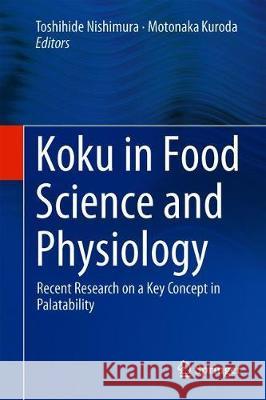Koku in Food Science and Physiology: Recent Research on a Key Concept in Palatability » książka
topmenu
Koku in Food Science and Physiology: Recent Research on a Key Concept in Palatability
ISBN-13: 9789811384523 / Angielski / Twarda / 2019 / 193 str.
Koku in Food Science and Physiology: Recent Research on a Key Concept in Palatability
ISBN-13: 9789811384523 / Angielski / Twarda / 2019 / 193 str.
cena 726,29
(netto: 691,70 VAT: 5%)
Najniższa cena z 30 dni: 693,97
(netto: 691,70 VAT: 5%)
Najniższa cena z 30 dni: 693,97
Termin realizacji zamówienia:
ok. 22 dni roboczych
Bez gwarancji dostawy przed świętami
ok. 22 dni roboczych
Bez gwarancji dostawy przed świętami
Darmowa dostawa!
Kategorie BISAC:
Wydawca:
Springer
Język:
Angielski
ISBN-13:
9789811384523
Rok wydania:
2019
Dostępne języki:
Ilość stron:
193
Waga:
0.41 kg
Wymiary:
24.03 x 17.37 x 1.32
Oprawa:
Twarda











